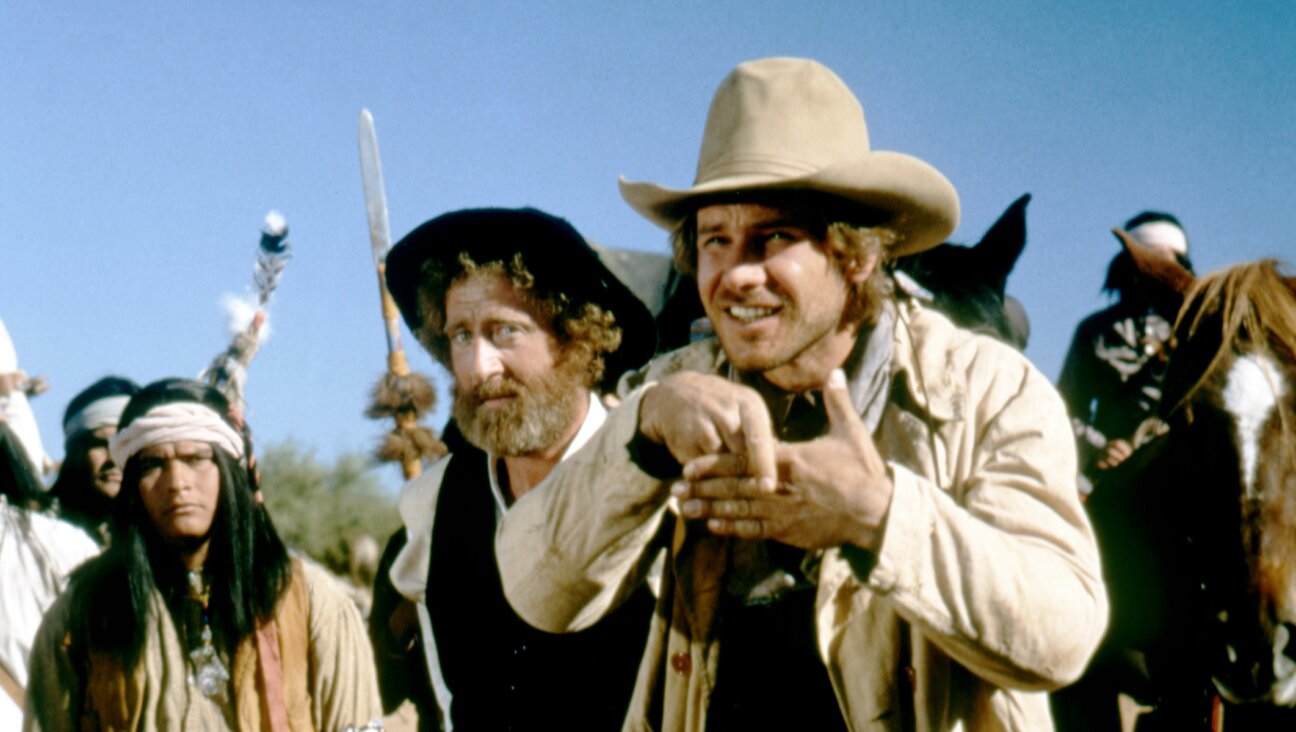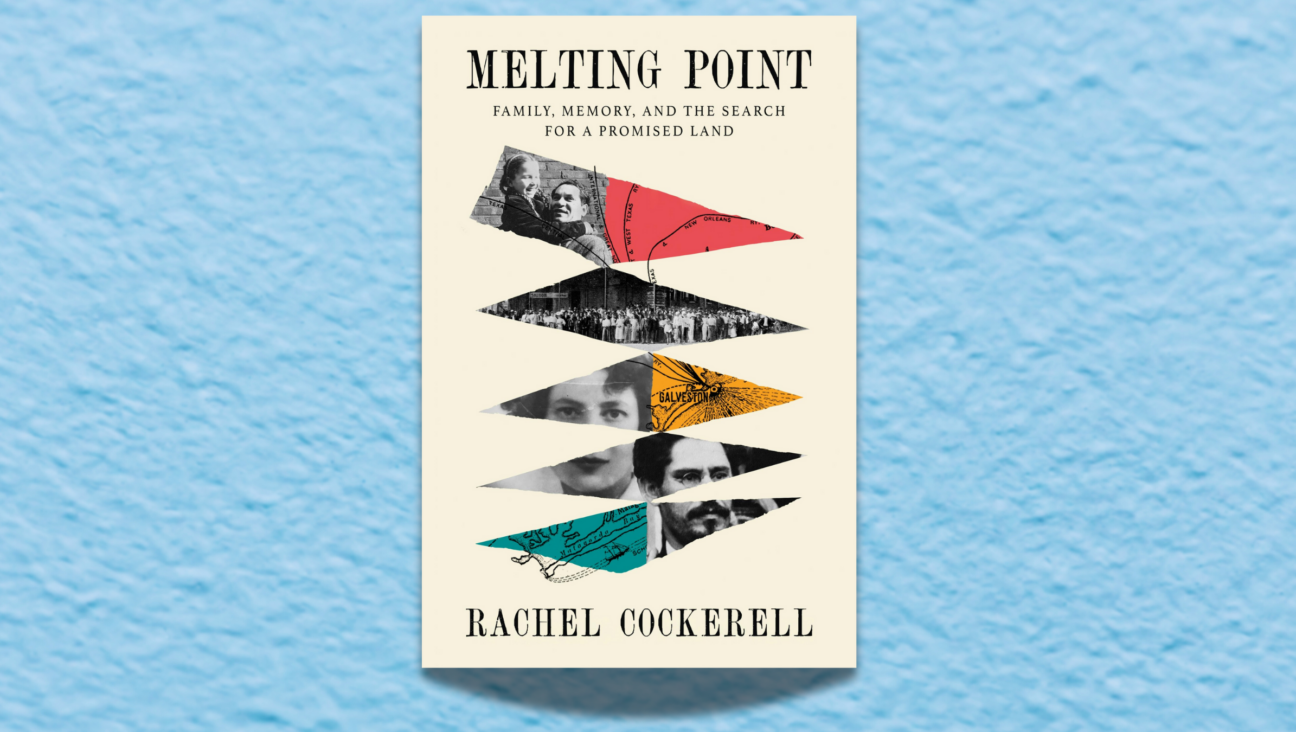Esther vs. Vashti, Austen vs. Brontës
As I prepared for the beginning of the perennial Purim question of “Esther vs. Vashti” at the same time as I delved into Jane Eyre-mania, I began to think about how women are always pushed into dichotomies. I wondered cynically how soon someone would write about the new Brontë films by declaring Jane Austen passé. I didn’t have to wait long. This article about the “Battle of the Bonnets” in the Washington Post is a witty and sharp look at women’s cultural obsessions and it contains some great literary observations. But the headline, and the “battle” premise, rankles.
It always seems to me that when it comes to women who take different paths there’s a meme out there that there’s only room for one. Virgin or whore, Esther or Vashti, Austen or Brontë. Yes, the two most famous Brontë sisters, Charlotte and Emily, and Jane Austen took divergent approaches to writing about the “woman question.” Austen was sort of an Esther, using her brilliant wit to dazzle readers but containing steely critique of the system under her perfect prose, while the Brontës, Vashti-like , seethe with rage at women’s unfortunate lot and churn with a desperate desire for escape.
These women were writing in different styles, and in completely different cultural eras. Why not just appreciate the fact that both of those approaches worked so well that readers can’t get enough of them even today?
After all the blogging we’ve done here at The Sisterhood this year about why women’s writing gets short shrift, it’s worth asking again where these kinds of comparisons fit in on a wider scale. The Washington Post’s Monica Hesse makes the point herself, wondering whether “there might be some latent, dismissive misogyny involved in the concept that there is only enough cultural love for one female literary figure at any given time.” I’d take her suggestion further. It’s an extension, and a continuation, of sexism to push female authors into a catfight, or to lump them together just because of their gender. This rarely happens with their male counterparts. Do we ever assume that because people enjoy the satirical writing of P.G. Wodehouse, they must hate the tragic novels of Henry James? Do we ever see pieces in the media declaring “Joyce or Beckett: readers choose!” Even with biblical figures where a comparison may be warranted, there’s less interest (note to self: don’t pitch articles asking “Are you a Moses or an Aaron?”) We have a social attitude that sees men who have different styles as complementary and women or people of color who have different styles as competing.
Austen and the Brontës should be able to share the spotlight comfortably as should all women who achieve fame and acclaim, no matter how they do it. Esther and Vashti have transcended their legend and become enduring figures for women to look up to and little girls to dress up as. That’s something to applaud. As Leah Berkenwald wrote last year, “MY feminist reinterpretation of Purim not only celebrates Vashti and Esther, but validates both of their choices.”
The Forward is free to read, but it isn’t free to produce

I hope you appreciated this article. Before you go, I’d like to ask you to please support the Forward.
Now more than ever, American Jews need independent news they can trust, with reporting driven by truth, not ideology. We serve you, not any ideological agenda.
At a time when other newsrooms are closing or cutting back, the Forward has removed its paywall and invested additional resources to report on the ground from Israel and around the U.S. on the impact of the war, rising antisemitism and polarized discourse.
This is a great time to support independent Jewish journalism you rely on. Make a gift today!
— Rachel Fishman Feddersen, Publisher and CEO
Support our mission to tell the Jewish story fully and fairly.
Most Popular
- 1

Fast Forward Ye debuts ‘Heil Hitler’ music video that includes a sample of a Hitler speech
- 2

Opinion It looks like Israel totally underestimated Trump
- 3

Culture Cardinals are Catholic, not Jewish — so why do they all wear yarmulkes?
- 4

Fast Forward Student suspended for ‘F— the Jews’ video defends himself on antisemitic podcast
In Case You Missed It
-

Opinion It looks like Israel totally underestimated Trump
-

Fast Forward Betar ‘almost exclusively triggered’ UMass student detention, judge says
-

Fast Forward ‘Honey, he’s had enough of you’: Trump’s Middle East moves increasingly appear to sideline Israel
-

Fast Forward Yeshiva University rescinds approval for LGBTQ+ student club
-
Shop the Forward Store
100% of profits support our journalism
Republish This Story
Please read before republishing
We’re happy to make this story available to republish for free, unless it originated with JTA, Haaretz or another publication (as indicated on the article) and as long as you follow our guidelines.
You must comply with the following:
- Credit the Forward
- Retain our pixel
- Preserve our canonical link in Google search
- Add a noindex tag in Google search
See our full guidelines for more information, and this guide for detail about canonical URLs.
To republish, copy the HTML by clicking on the yellow button to the right; it includes our tracking pixel, all paragraph styles and hyperlinks, the author byline and credit to the Forward. It does not include images; to avoid copyright violations, you must add them manually, following our guidelines. Please email us at [email protected], subject line “republish,” with any questions or to let us know what stories you’re picking up.
















